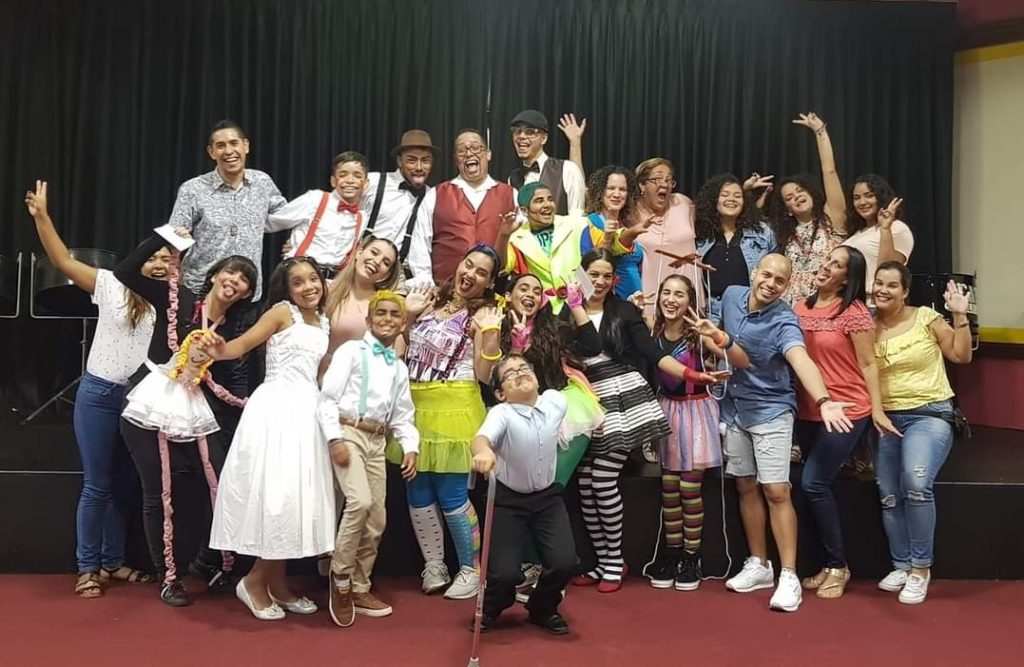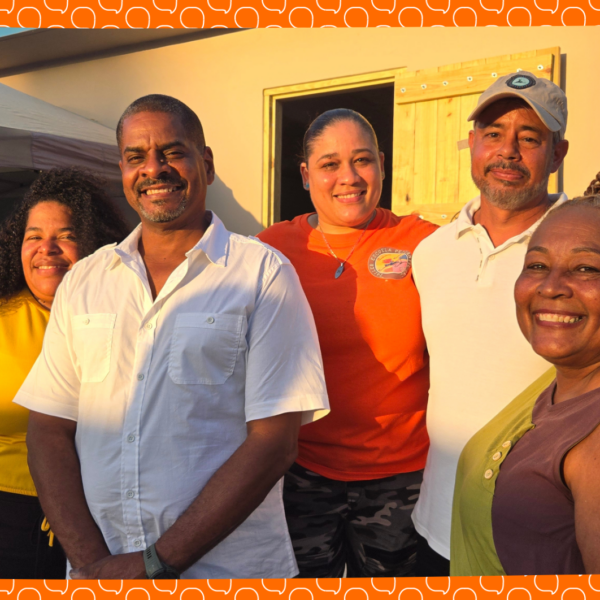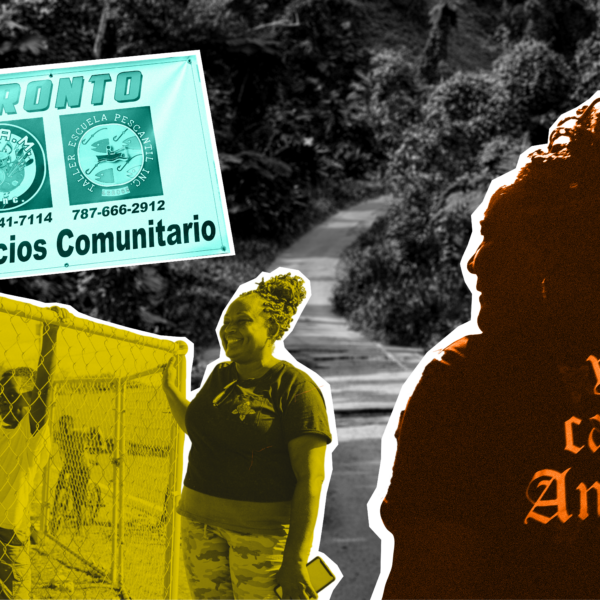
Communities in Puerto Rico are Designing Resilient Centers Powered by Solar
Puerto Rico has experienced an increase in blackouts since LUMA Energy took charge of the management and distribution of the Puerto Rico Power Authority (PREPA). But the blackouts are nothing new—just more frequent. For years, Puerto Rico’s electric infrastructure has been deteriorating because of lack of investment. Especially, because of lack of investment in renewable energy: energy generated by natural resources (sun, biomass, and wind).
In fact, only 2.5% of the energy generated by PREPA in 2020 came from renewable sources, according to EIA data. Half of that was generated by photovoltaic plaques, better known as solar panels. Of course, there is a law in Puerto Rico that says we need to transition to 100% renewable energy by 2050—20% for the year 2022. But like many laws in Puerto Rico, it’s not being implemented.
However, there are communities that aren’t waiting for the government to design resilient centers that can offer electricity to their communities. The study “We Want Sun and We Want More” showed that we can have 75% of our energy generated by solar if all homes in Puerto Rico are equipped with solar batteries and panels.
“Seventy-five percent distributed renewable energy by 2035 would cut imported fossil fuel costs to $430 million/year (relative to recent expenditures over $1.4 billion/year) and reduce carbon dioxide emissions by more than 70%,” states the study by CAMBIO and IEEFA.
While we continue to study LUMA’s contract and renewable energy plan, we want to show you some of the community initiatives throughout Puerto Rico that are designing their own systems. These organizations participated in the PRECAP accelerator program which helps community leaders and businesses in their energy infrastructure and financial projections.
Communities designing solar-powered resilient centers:

The Flor de Loto Montessori school is the first Montessori school in Ponce. “When the earthquakes happened, we realized that schools in Ponce were closed for a long time and couldn’t service the youth or their families. So we decided to take the step and open this school in the town of Ponce,” explained the lead teacher and founder Lisbeth González Rodríguez about the decision to open in “la Ciudad Señorial”.
The school started with a seed fund from the Wildflower Foundation that has allowed them to remodel an abandoned building in the town center. They opened doors in 2019 with 25 families and hope they can now reach full enrollment. In addition to education services, they offer support to the community.
Now, González Rodríguez is looking to widen their impact to nearby rural communities with the Ilumina Montessori project. This initiative aims to install renewable energy systems in multiple Montessori schools across the island. They are currently raising funds to get a 8.04 kW(DC) photovoltaic system and 27kWh battery system
You can support their project via PayPal.

This organization that covers the 78 municipalities offers training and education on how to respond in case of emergencies. GRALP has been active since 2008 but it was not until the storms of 2017 that many people and communities understood the value of its proposal.
“We help communities to become more independent and to react without waiting for government entities,” explained the deputy coordinator, Evelyn De Jesús. Now they are transforming a school in Juncos as a resilient center and hope to create a model that they can replicate throughout Puerto Rico. Their goal right now is to install a 9.12 kW(DC) photovoltaic system and a 27kWh battery system and then install a water tank and heater.
You can support them here and reach out to Executive Director Ivelisse Esquilin via gralp.pr@gmail.com.

There are few places in Puerto Rico where recycled materials can be processed. For this reason, the Puerto Rico Recycling Museum’s mission is to decentralize recycling systems and promote a circular economy. The Hatillo-based museum is developing a program called Solar Connection so that people can develop micro-businesses dedicated to the handling, processing, and closing of the cycle of recycled material. “There are spectacular ideas and we want to rescue this young talent,” explains Ián González-Bascó, director of the museum.
The biggest cost for processing recycled material is electricity. In order to facilitate efficient production, the Museum is raising funds to install a 11.4 kW(DC) photovoltaic system and a 27kWh battery system.
You can support the museum by becoming a volunteer, member or contact info@museodelreciclaje.com .

For 30 years, PADF has been using education and art for violence prevention. The San Lorenzo-based organization is now setting up a school as a hub to boost the creative economy.
“We need artisans, people who create masks, cabezudos, we work in that and know that there are needs,” said Carlos González, founding member. In order for production to be efficient, they are raising funds for a 15.015 kW(DC) photovoltaic system and a 27kWh battery system. González says that more than a donation, supporting the Croma Creativo initiative is an investment in the community.
You can support them through PayPal.
Do you know of any other communities designing solar energy systems? Write it in the comments or send us an email at info@9millones.com.

Líderes loiceños inauguran un centro de servicios autogestionado para la comunidad
“Nuestras comunidades están olvidadas y estos proyectos nos conectan”. – Anabela Fuentes, líder del Taller Escuela Pescantil Un grupo de loiceños del barrio Las Carreras se unió, el pasado sábado,

OPINIÓN: Las mujeres lideran la justicia ambiental en Puerto Rico
Este artículo fue originalmente publicado en Intervenxions, una publicación académica de The Latinx Project de la Universidad de Nueva York (NYU por sus siglas en inglés). The Latinx Project explora

This is how Women Environmentalists are Fighting against Climate Change in Puerto Rico
Madres de la Tierra is a series that shows feminine leadership and self-governance six years after Hurricane María A longer version of this story was originally co-published on October 3rd,